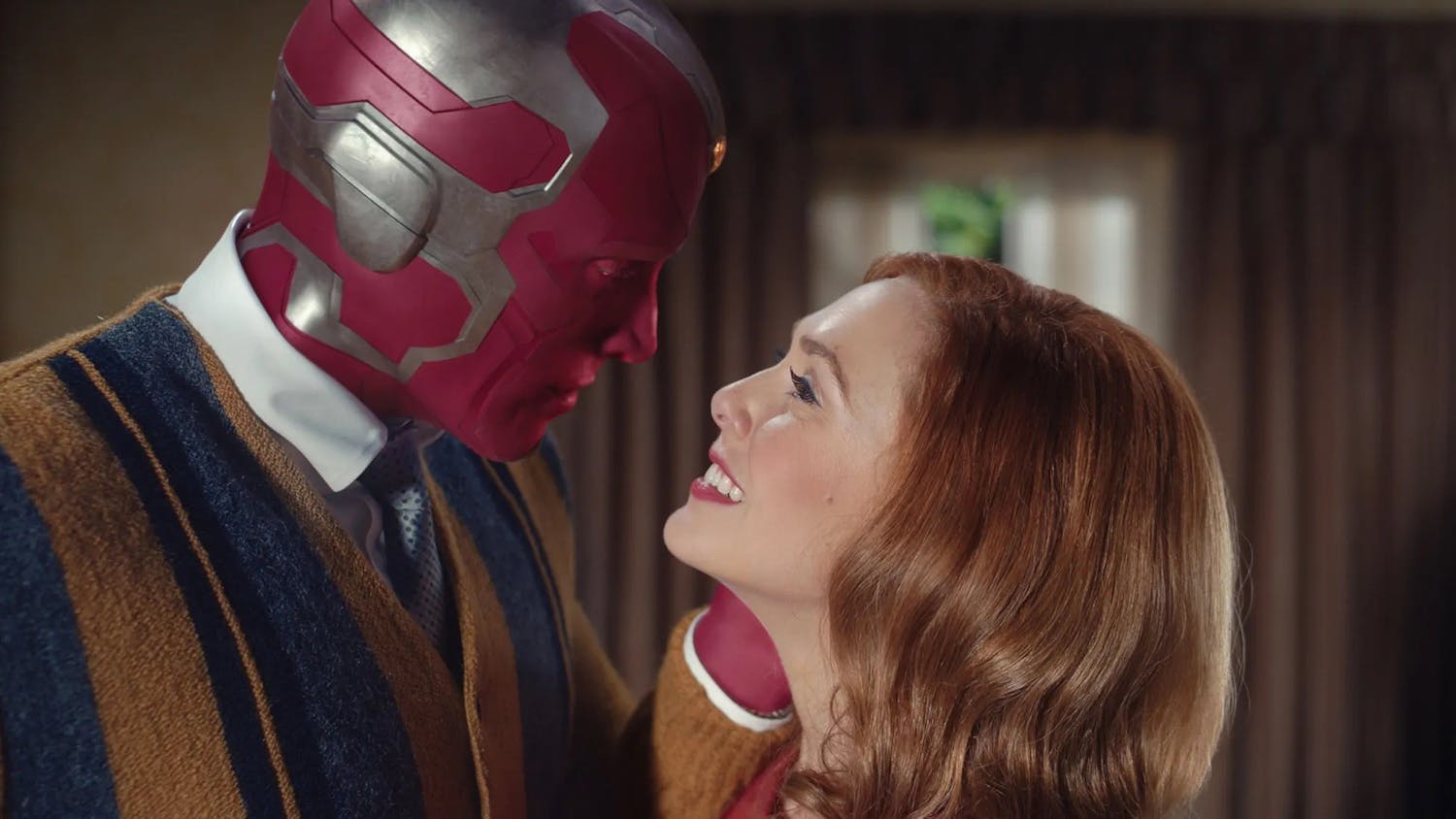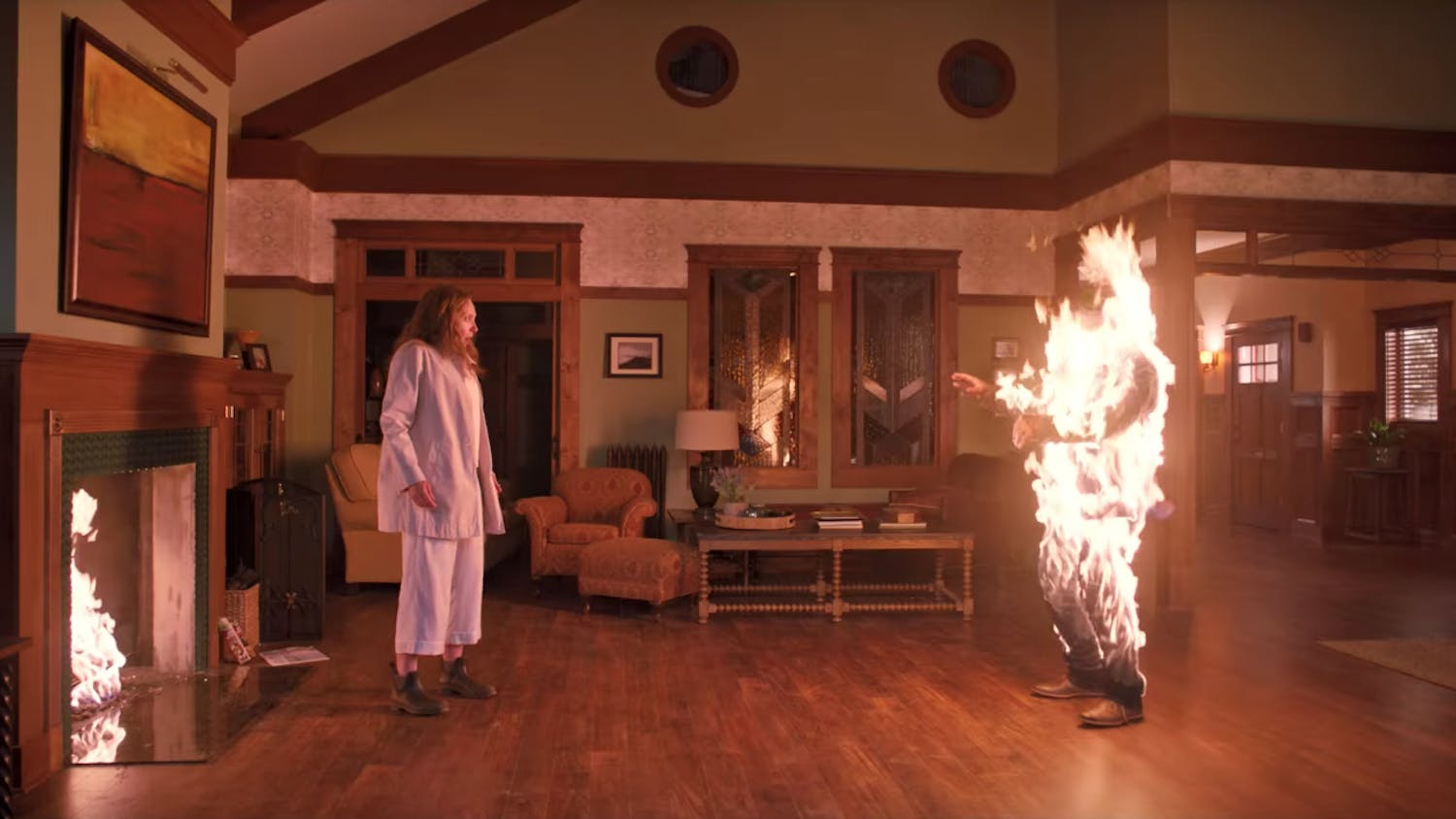Sometimes it takes an especially clever film to make one appreciate life's inoffensive banalities, its simple pleasures and the sheer wonder of being alive in the modern era. This is particularly true when the film in question simply refuses to take itself seriously. Luckily, for everyone who attended the Cinematheque's screening of ""The Band Wagon"" last Friday night, director Vincente Minnelli is an artist who repeatedly demonstrated he could take aspects of the world as ostensibly frivolous as the color of a room, the girth of a grin or the ineffable glee of performance and present them in such a way that they burst off the screen.
""The Band Wagon"" isn't just an exemplary Technicolor spectacle; it's a 1000-ham pile-up, a triple serving of self-deprecation and a work of art whose polychromatic compositions are marked by a nuclear-grade palette.
As with most of Minnelli's musicals—many of which have been or will be shown at the Cinematheque this semester—""The Band Wagon"" is loaded with so much fantastic material that it often seems disconnected from the world beyond the theater. Indeed, a famous Shakespearean maxim repeated throughout the film more or less captures both the philosophy and the attitude of ""The Band Wagon"": ""The world is a stage, the stage is a world."" Minnelli is all too eager to restrict his focus to the subjects of artifice and performance, and it certainly helps that his artistic vision, if such a thing truly exists, is mediated by the incredible vitality of Technicolor film stock and the unceasing energy of a 53-year-old Fred Astaire.
Already having reached the twilight of his career and actively flirting with retirement, Astaire turns in a performance that most other performers would die content with. Astaire's aura at the beginning of ""The Band Wagon"" recalls both the Pied Piper of Piedmont and swine flu: he affects a dancing epidemic everywhere he goes. A dour shoeshine in a Hawaiian shirt reveals himself to be wearing a pair of neon pink socks as he and Astaire join up to sing the praises of shiny loafers. A room full of young, disappointed thespians is lead by Astaire in a rousing ode to beer. During the film's climactic sequence, Astaire lampoons detective fiction protagonists, yielding a remarkably successful riff on film noir, infused with just the right amount of fantasy and farce. Dancing with the gorgeous Cyd Charisse, Astaire successfully manages to free himself from the prison that is language; even at 53, Astaire had moves to spare.
But film noir and detective fiction aren't the only artistic movements spoofed in ""The Band Wagon"": Minnelli and Co. take well-intentioned shots at modernism, the Faust and Oedipus legends and the form of the musical itself. The genius of ""The Band Wagon"" is that in alluding to these artistic phenomena—what the contemporary French philosopher Alain Badiou refers to as ""Events,"" historical moments that forever changed the way art has been conceived and created—Minnelli reflects upon the history of art while simultaneously inserting ""The Band Wagon"" into that same history.
""The Band Wagon"" checks in at a fast yet patient 113 minutes. It's a film that wraps itself up well before the viewer has the chance to ask, ""Have I had my fill yet? Could I be doing something else right now? What's going on in the world beyond the movie theater?""
""The Band Wagon"" is widely available on DVD, but seeing it on a 35mm print was and is an invaluable privilege. Should the opportunity ever present itself, you'd do well to check this one out.





